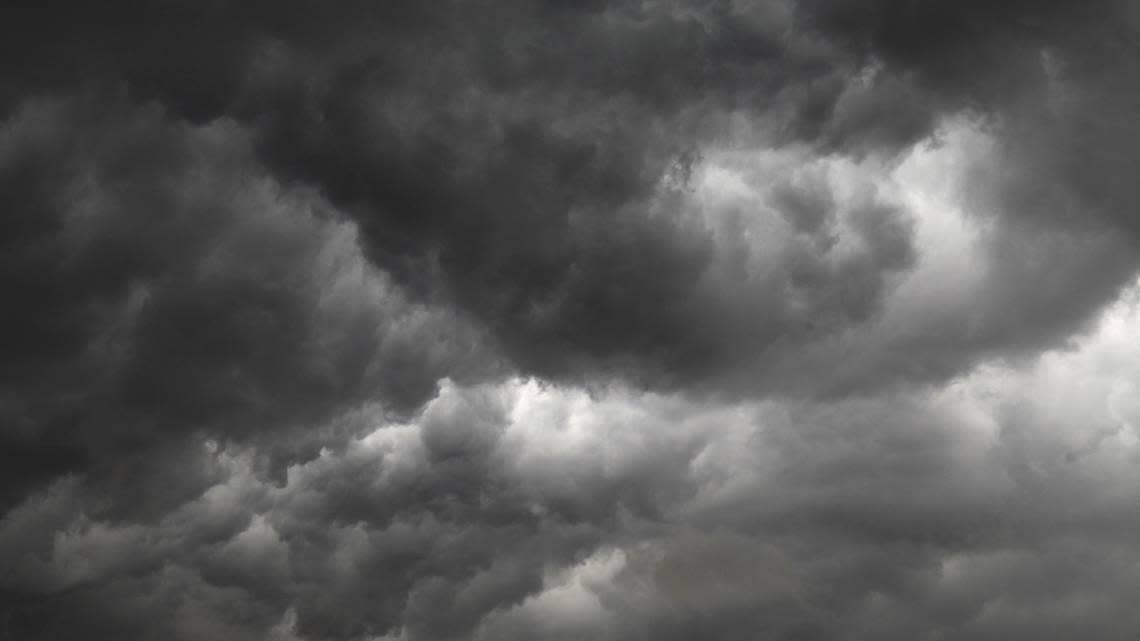Is SC in path of even more hurricanes in 2024 after Beryl? Here’s what latest forecast shows

The 2024 hurricane season may be more active for South Carolina and other states than previously thought, a new forecast shows.
Colorado State University researchers recently released an updated forecast that predicts a more active Atlantic hurricane season then what they previously reported. The hurricane season is expected now to have 25 named storms, up from the 23 the researchers predicted early in the year. The updated forecast comes after Hurricane Beryl tore through Texas, leaving millions of people without power earlier this week, according to the Associated Press.
“Hurricane Beryl, a deep tropical Category 5 hurricane, is also a likely harbinger of a hyperactive season,” the Colorado State University report reads. “This forecast is of above-normal confidence. We anticipate a well above-average probability for major hurricane landfalls along the continental United States coastline and in the Caribbean.”
The Atlantic hurricane season started June 1 and ends Nov. 30.
Hurricane prediction breakdown
Information collected through early July indicates that the 2024 Atlantic hurricane season will have activity well above the 1991-2020 average, CSU states. The probability of U.S. major hurricane landfall is estimated to be far above the long-period average.
CSU estimates that in 2024 there will be 25 named storms (average is 14.4), 120 named storm days (average is 69.4), 12 hurricanes (average is 7.2), 50 hurricane days (average is 27, six major hurricanes (average is 3.2) and 16 major hurricane days (average is 7.4). These numbers include the three named storms that have appeared this season, Alberto, Beryl and Chris.
NOAA
The latest CSU forecast falls more in line with the hurricane season prediction the National Oceanic and Atmospheric Administration made earlier this year. The agency predicted there could be up to 25 named storms during the 2024 Atlantic hurricane season — the most federal forecasters have ever predicted.
Probability of major hurricane landfall
57% — Entire continental U.S. coastline (full season average from 1880-2020 is 43%)
31% — U.S. East Coast including the Florida peninsula, south and east of Cedar Key (full season average from 1880-2020 is 21%)
38% — Gulf Coast from Florida Panhandle, west and north of Cedar Key (full season average from 1880-2020 is 27%)
Reasons for active hurricane season
Cool neutral ENSO or La Niña conditions are likely at the peak of the Atlantic hurricane season. Such conditions typically increases Atlantic hurricane activity through drops in vertical wind shear, CSU states.
And this year’s sea surface temperatures across the tropical Atlantic and Caribbean are far warmer than usual, which favors an active Atlantic hurricane season. Also, deep tropical hurricane activity in the tropical Atlantic and eastern Caribbean — like Beryl — is often associated with hyperactive seasons.
“Our confidence this year is higher than normal for a July forecast based on the strength and persistence of the current hurricane-favorable large-scale environmental conditions,” CSU states.


